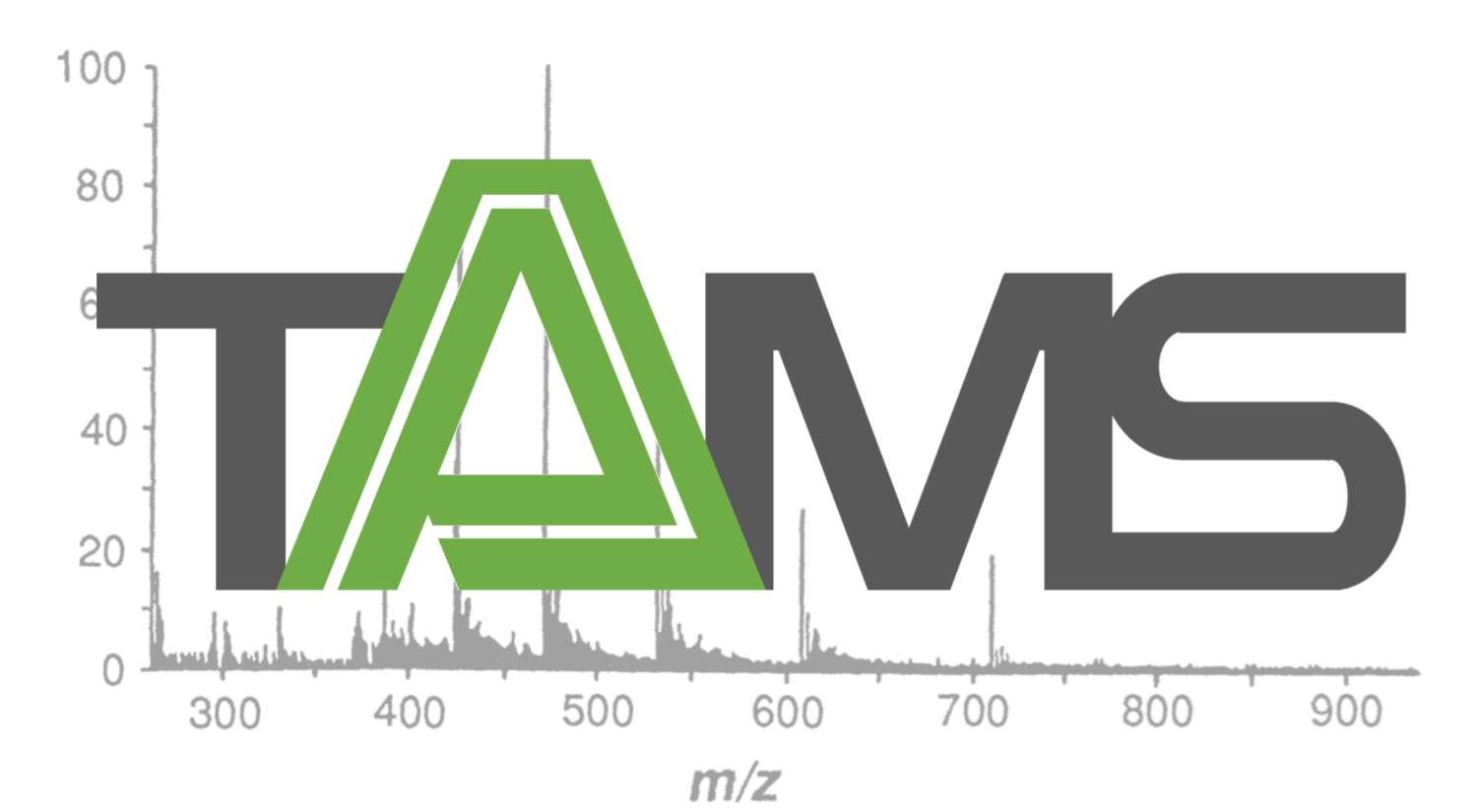Plenary Lecture:
“Getting the Masses to Mobilize their Ions”
Professor Erin Baker, North Carolina State University, Department of Chemistry
Mass spectrometry (MS)-based technologies are playing a growing role in the analysis of complex samples. Despite significant advances in MS technology, currently it is difficult to obtain measurements of both high throughput and high sensitivity for samples with great dynamic ranges such as biofluids and plant extracts. This problem ultimately results in the inability to effectively account for variation among sample conditions and/or biodiversity leading to inconsequential findings for samples which have great variation. To address this challenge, we have coupled an ion mobility separation (IMS) with MS to afford greatly improved measurement throughput, sensitivity, robustness, and quantitative capabilities for rapid analysis of complex samples. The benefits we have observed in omic studies of biological and environmental samples with IMS-MS will be summarized in this presentation.
Student Lecture:
“Degradation Studies of CI Reactive Blue 19 Dye on Biodegraded Cellulosic Fabrics via Liquid Chromatography-Diode Array Detection Coupled to High Resolution Mass Spectrometry”
Nadia Sultana, Laboratory of Professor Nelson Vinueza, North Carolina State University, Department of Textile Engineering
A systematic analytical approach evaluated the degradation of vinyl sulfone dye CI Reactive Blue 19 on biodegraded cellulosic fabrics. The dyed cellulosic fabrics were biodegraded in soil in a laboratory-controlled environment for 45 and 90 day time intervals. A dye isolation method using a low concentration of alkali (0.15% NaOH) was developed and applied (80C for 1 hr) to isolate dyes from fabric samples. This method isolates intact dye in its hydrolyzed form, so a hydrolyzed form of the dye was synthesized for quantitation. A quantitation method was developed using liquid chromatography-diode array detection (LC-DAD). The quantitation method provided excellent linearity (R2 = 0.9997 ± 0.0002), accuracy (% error = -2% ± 4), precision (% coefficient of variation = 2% ± 4), and sensitivity (lower limit of quantitation = 0.4 ± 0.2 µg/mL) for concentrations ranging from 1 to 50 µg/mL. After validation, the method was applied to quantify the remaining hydrolyzed dye on biodegraded samples. This method showed a reduction of the hydrolyzed dye in biodegraded samples (45 and 90 day) compared to undegraded control sample (0 day). Subsequently, high resolution quadrupole time-of-flight mass spectrometry (Q-TOF) and tandem mass spectrometry were utilized to characterize the degradation products on the biodegraded samples.
